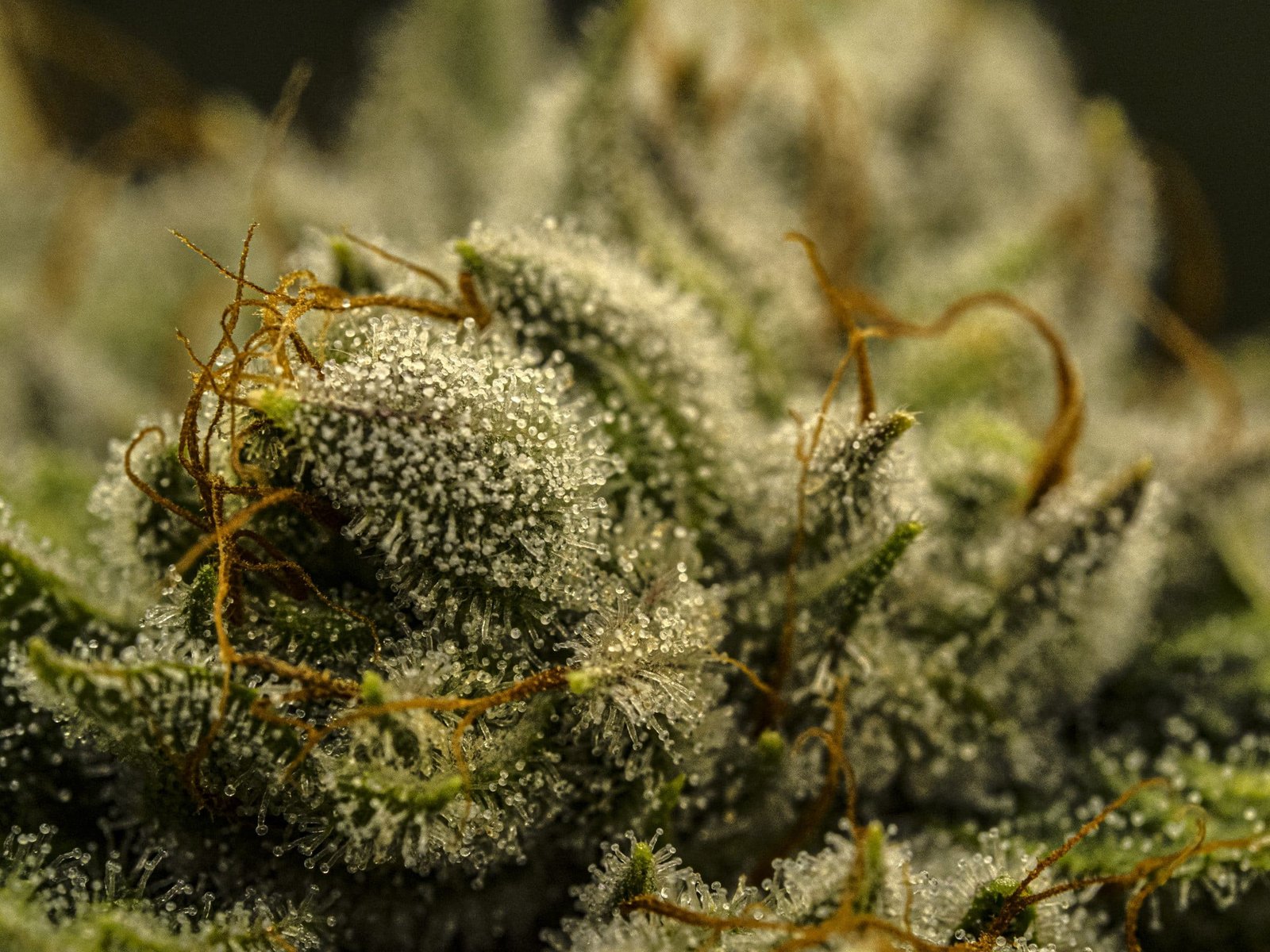Author
Freedom Road
Share
Author
Freedom Road
Share

If you’ve ever walked into a dispensary and seen strains labeled indica, sativa, or hybrid, you’re not alone in wondering what those terms really mean. For years, patients have relied on these labels to guide how a product might make them feel — relaxed, uplifted, or balanced. But as cultivation and testing have advanced, so has our understanding of cannabis. The truth is, those three words tell only part of the story.
At Freedom Road, we believe patients deserve clear, science-based information to help them make informed choices. Here’s what these traditional categories mean, where they come from, and why modern cannabis education focuses on much more than plant shape or strain name.
A Look Back: How the Terms Began
The original use of “indica” and “sativa” came from botany, not effects. In the 18th century, Cannabis sativa was classified as a tall, narrow-leaf plant originating from regions like India and Southeast Asia, while Cannabis indica described shorter, broader-leaf varieties found in areas such as Afghanistan. Early cultivators and scientists distinguished them mainly by their physical traits — size, leaf shape, and growth cycle — not by how they affected people.
Over time, though, these names became shorthand for perceived effects. “Sativa” became associated with energetic, uplifting experiences, while “indica” was tied to calm or rest. Today’s hybrid strains — crossbreeds of the two — dominate most dispensary menus. But after decades of cross-pollination, very few plants remain genetically pure, making the original classifications more historical than scientific.
Modern Cannabis: Beyond Appearance
While the old labels can still offer a rough guide, they don’t tell you why a particular strain feels the way it does. That distinction comes from a plant’s chemical profile — its combination of cannabinoids and terpenes.
Cannabinoids such as THC, CBD, CBG, and others interact with the body’s endocannabinoid system to produce therapeutic effects. Terpenes, the aromatic compounds that give cannabis its scent and flavor, help shape the overall experience by influencing how those cannabinoids are perceived.
For example, two “indica” strains can have completely different terpene and cannabinoid profiles, leading to very different outcomes. That’s why the label alone shouldn’t be your only guide.
Understanding Hybrids and Their Popularity
Nearly every strain on the market today is a hybrid — a deliberate blend of genetics chosen for flavor, potency, aroma, or cultivation performance. Growers select parent strains for their most desirable traits, such as faster flowering, better yield, or a unique terpene expression.
Hybrids are often described as leaning “indica-dominant” or “sativa-dominant,” but those designations refer more to lineage than effect. The experience ultimately depends on how cannabinoids and terpenes interact in your body.
At Freedom Road, we carefully monitor each strain’s genetic stability and lab results to ensure consistency. Patients can rely on those lab-verified profiles to choose products that align with their goals, rather than guessing based on old terminology.
Choosing Cannabis by Profile, Not Just Name
The best way to find what works for you is by paying attention to cannabinoid and terpene data on product labels. If you prefer something more energizing, look for strains higher in limonene or pinene. For relaxation, you might seek options rich in myrcene or linalool.
Budtenders at Freedom Road are trained to help you interpret this information. Instead of focusing solely on whether a strain is “indica” or “sativa,” they can help you explore how each product’s chemical profile aligns with your desired outcome. Over time, you’ll develop your own sense of which combinations of compounds deliver the results you want most consistently.
The Future of Cannabis Classification
As cannabis science continues to evolve, experts are moving toward a more precise, chemistry-based classification system. New research uses tools like chromatography and genetic mapping to categorize strains by measurable data — not appearance or anecdotal effects.
Freedom Road supports this evolution because it empowers patients to make better decisions. Transparency and education are key to a trustworthy medical cannabis program. And that’s exactly what we aim to provide at every step, from cultivation to consultation.
Closing Thoughts
While “indica,” “sativa,” and “hybrid” remain familiar, they’re only the beginning of understanding how cannabis works. Modern research shows that each plant’s true personality comes from its complex mix of cannabinoids and terpenes — not the shape of its leaves.
At Freedom Road, we’re proud to grow and supply cannabis that meets the highest standards of consistency and quality. Whether you’re a new patient or an experienced consumer, our team is here to help you explore confidently, learn more, and find what works best for you.

